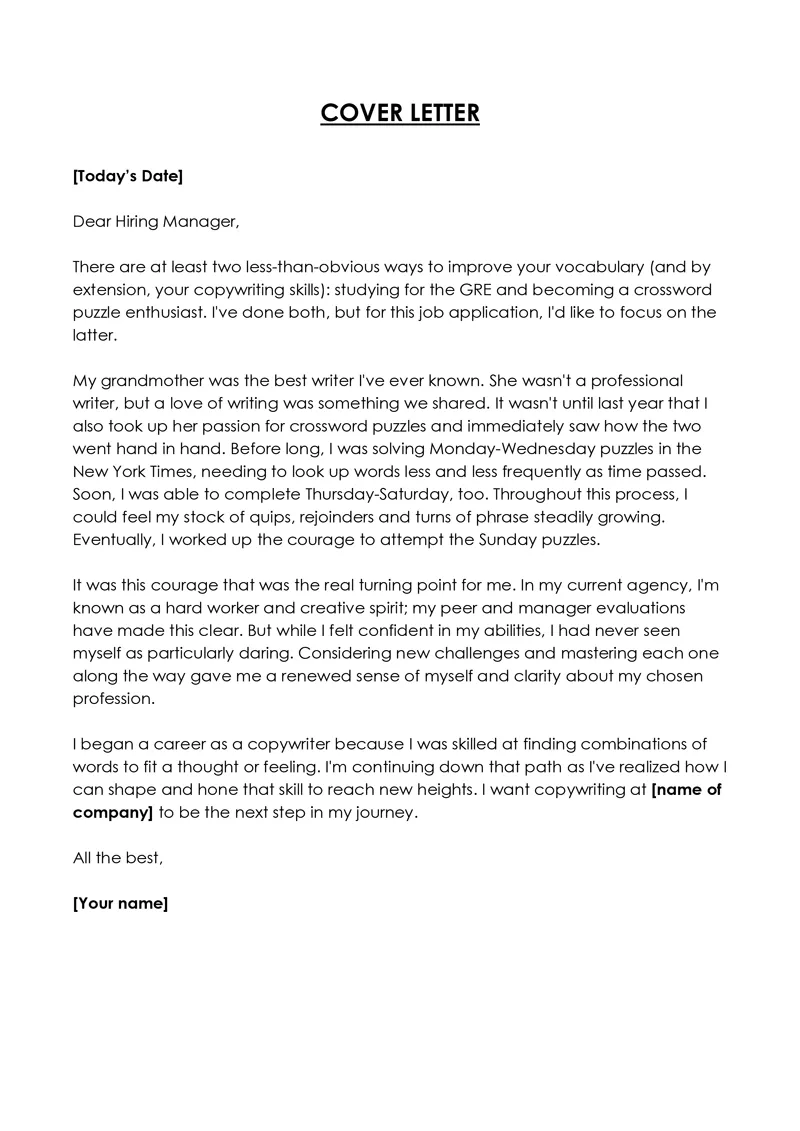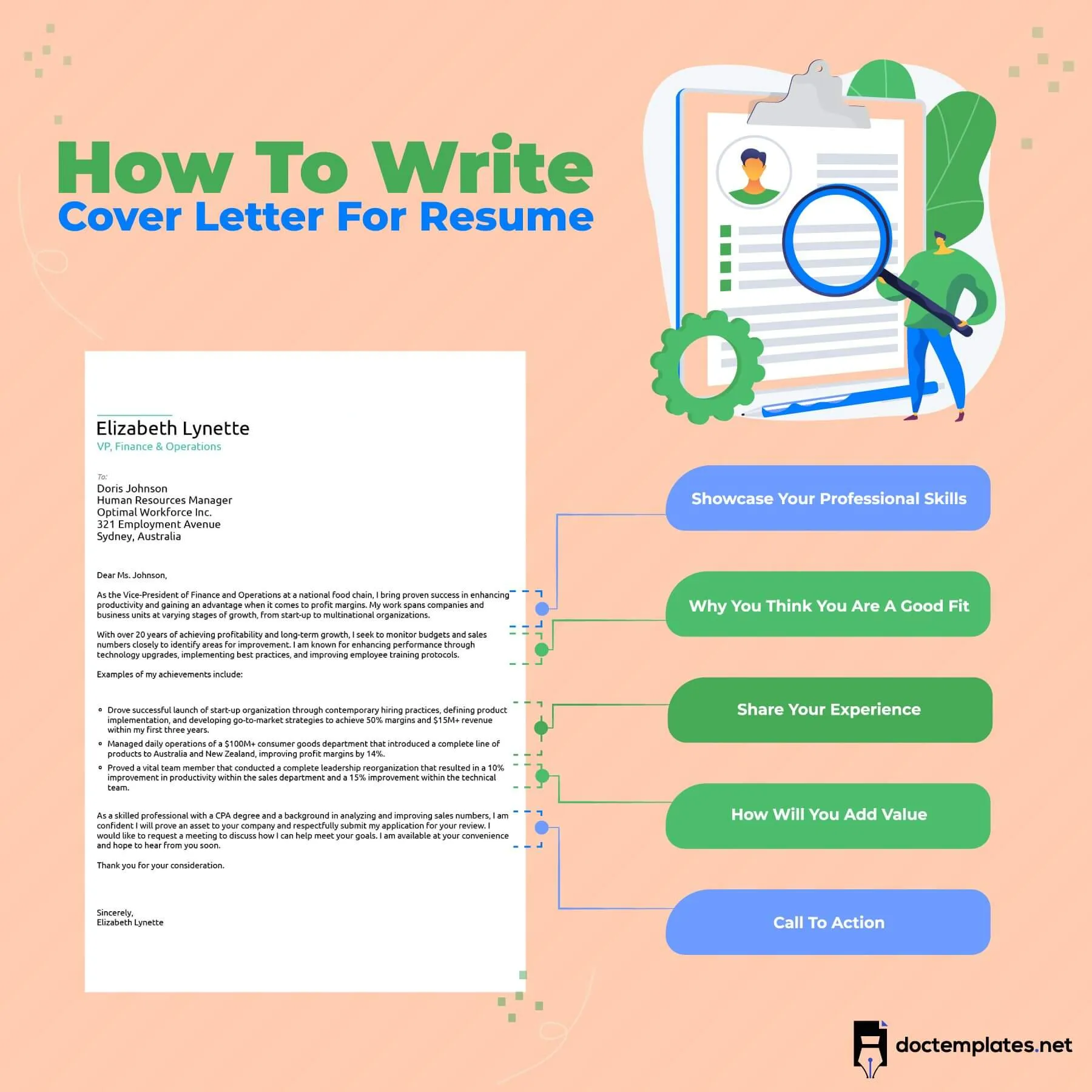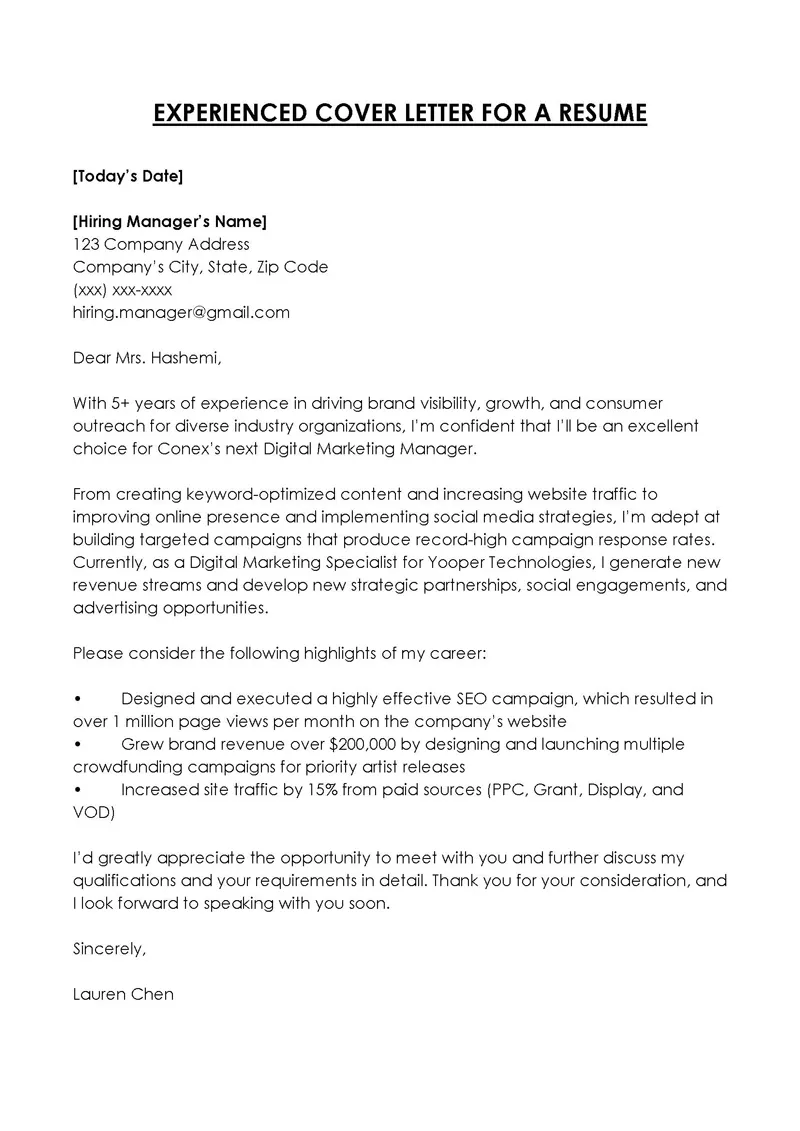Crafting a Winning Resume and Cover Letter
Creating a strong resume and cover letter is the cornerstone of any successful job application. These documents are your first introduction to potential employers, and they must effectively communicate your skills, experience, and qualifications. A well-crafted resume provides a concise overview of your professional history, while the cover letter offers an opportunity to elaborate on your suitability for the specific role. Both should be tailored to the job description, highlighting the most relevant aspects of your background and demonstrating your enthusiasm for the position. Pay close attention to the language you use, ensuring it’s clear, concise, and free of jargon. The goal is to capture the hiring manager’s attention and convince them to learn more about you. Remember, these are marketing materials, and they need to sell you!
Highlighting Your Skills Effectively
The skills section is crucial for quickly conveying your capabilities. Organize your skills into categories to make them easy to scan. Consider including both hard skills (technical abilities, software proficiency) and soft skills (communication, teamwork, problem-solving). When listing your skills, use action verbs and quantifiable results whenever possible. Instead of simply stating ‘Project Management,’ provide context, such as ‘Managed cross-functional projects, resulting in a 15% reduction in project completion time.’ This demonstrates the impact of your skills. Furthermore, research the keywords used in the job description and incorporate them into your skills section to align with the employer’s needs and improve your chances of getting noticed by applicant tracking systems (ATS).
Formatting for Readability

Effective formatting is essential for making your resume and cover letter easy to read. Use clear and concise fonts like Arial, Calibri, or Times New Roman, and maintain a consistent font size throughout. Break up large blocks of text with bullet points, headings, and white space. A well-structured document allows the hiring manager to quickly grasp the key information. Ensure your document is visually appealing and easy to navigate. Avoid overly complex designs or excessive use of colors, which can distract from your content. Aim for a clean, professional look that reflects your attention to detail and organizational skills. A cluttered or poorly formatted resume can create a negative impression, regardless of the quality of your qualifications.
Choosing the Right Resume Format
There are several resume formats to choose from, and the best one depends on your experience and career goals. The chronological format is the most common and lists your work history in reverse chronological order, ideal for candidates with a consistent work history. The functional format emphasizes your skills and abilities, which is useful if you have gaps in your employment history or are changing careers. The combination format blends elements of both, highlighting skills and experience while also providing a chronological overview. Consider the specific job you are applying for and tailor your format to best showcase your qualifications for that role. Regardless of which format you choose, make sure it’s clear, easy to read, and highlights your most relevant strengths.
Tailoring Your Resume to the Job
Generic resumes rarely impress employers. Customizing your resume and cover letter for each job application significantly increases your chances of success. Carefully review the job description and identify the key requirements, skills, and experiences the employer is seeking. Then, modify your resume to reflect those specific requirements. Highlight the relevant skills and accomplishments, and use keywords from the job description. Don’t just copy and paste; rewrite your experience to match the language and priorities of the employer. This demonstrates that you understand the role and are a good fit for the company culture. This targeted approach shows that you’ve taken the time to understand the position and are genuinely interested in it.
Showcasing Your Accomplishments

Instead of simply listing your job duties, focus on your accomplishments. Use action verbs to describe your achievements and quantify your results whenever possible. For example, instead of writing ‘Managed social media,’ write ‘Increased social media engagement by 30% through strategic content planning.’ Quantifiable achievements provide concrete evidence of your abilities and demonstrate your value to potential employers. Think about the problems you solved, the initiatives you led, and the improvements you implemented in previous roles. Use the STAR method (Situation, Task, Action, Result) to structure your accomplishment statements. This helps you provide context, detail your actions, and highlight the positive outcomes of your efforts.
Writing a Compelling Cover Letter
Your cover letter is your opportunity to make a personal connection with the hiring manager and elaborate on your qualifications. Start by addressing the hiring manager by name, if possible. Research the company and the role to demonstrate your genuine interest. Tailor your cover letter to the specific job and explain why you are the ideal candidate. Highlight your most relevant skills and experiences and explain how they align with the job requirements. Show enthusiasm and personality. Avoid simply repeating information from your resume; instead, provide additional context and elaborate on your accomplishments. Conclude with a strong call to action, expressing your interest in the position and your availability for an interview.
Proofreading and Editing Your Documents
Before submitting your resume and cover letter, proofread them carefully for any errors in grammar, spelling, and punctuation. A single mistake can undermine your credibility and create a negative impression. Use spell check and grammar check tools, but don’t rely on them entirely. Read your documents aloud to catch awkward phrasing or typos. Ask a friend or family member to review your documents and provide feedback. Fresh eyes can often spot errors that you might miss. Pay attention to consistency in formatting and ensure your documents are professional and polished. A well-proofread resume and cover letter demonstrate your attention to detail and your commitment to excellence. This is a crucial step in the job application process that you should not skip.
Creating a compelling resume and cover letter is an essential skill for any job seeker. By following these tips, you can create documents that effectively showcase your skills, experience, and qualifications. Remember to tailor your documents to each job, highlight your accomplishments, and proofread carefully. Good luck with your job search!
